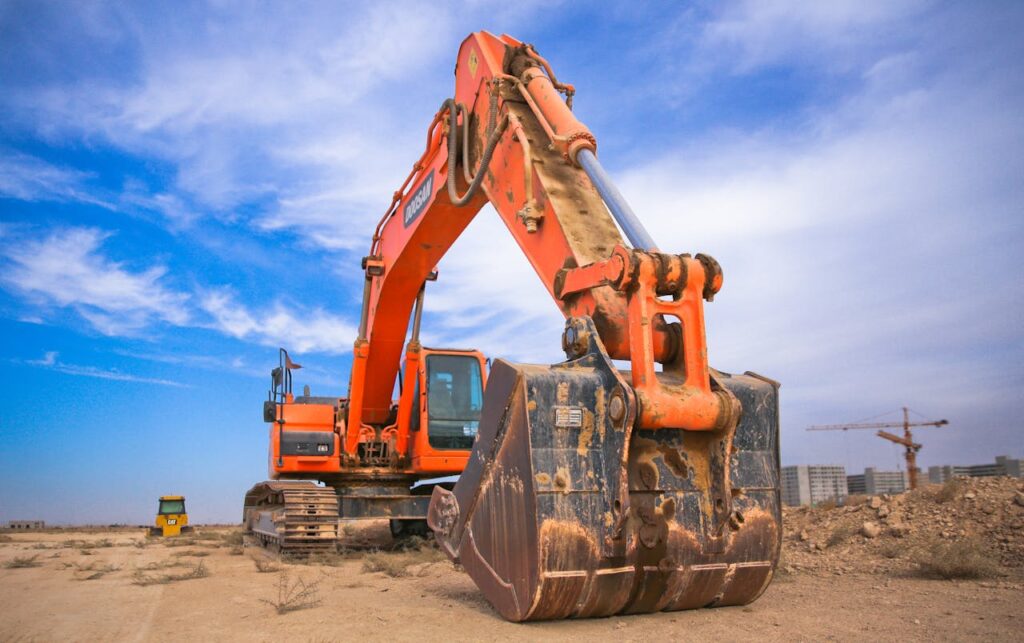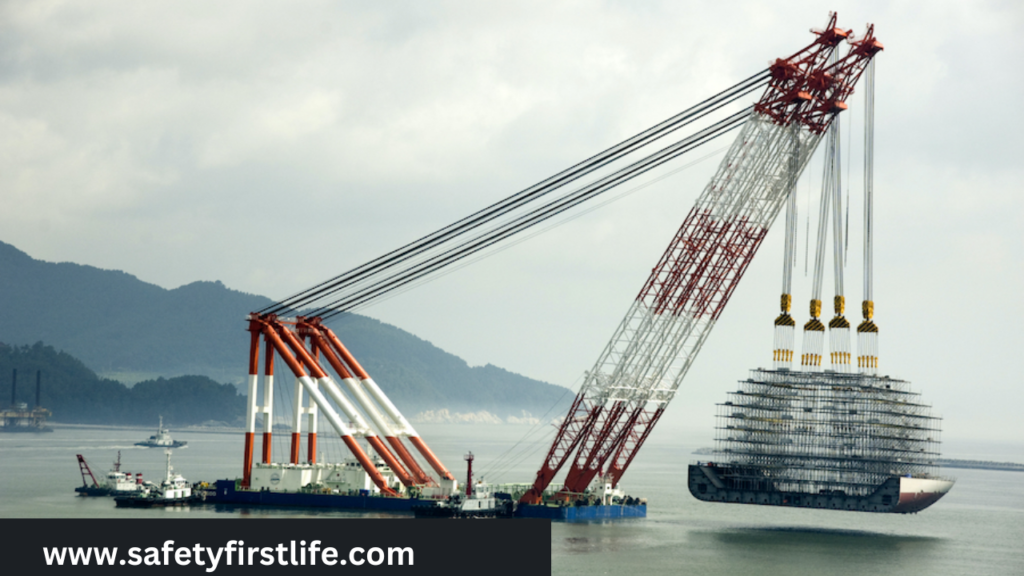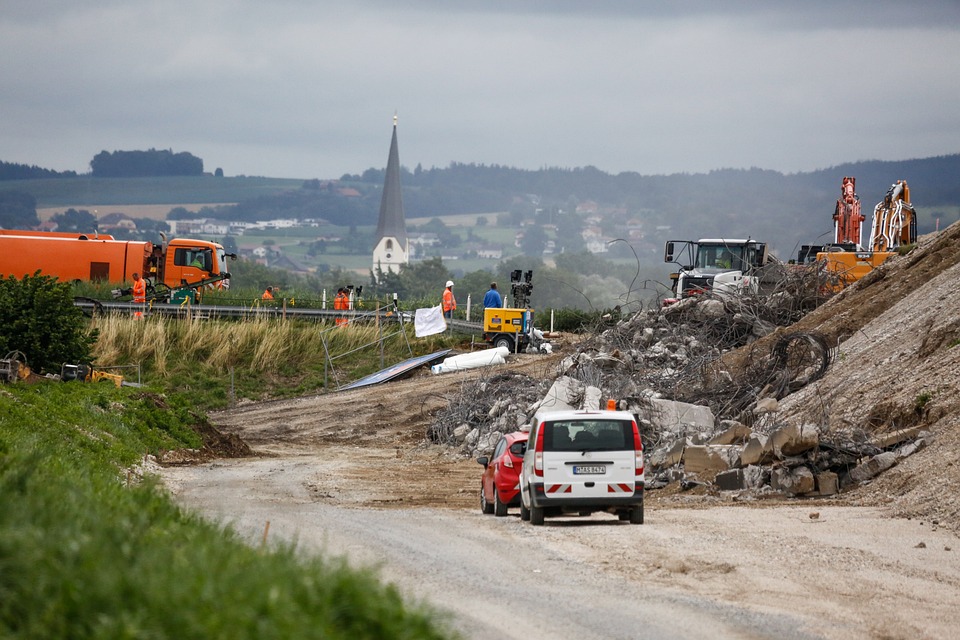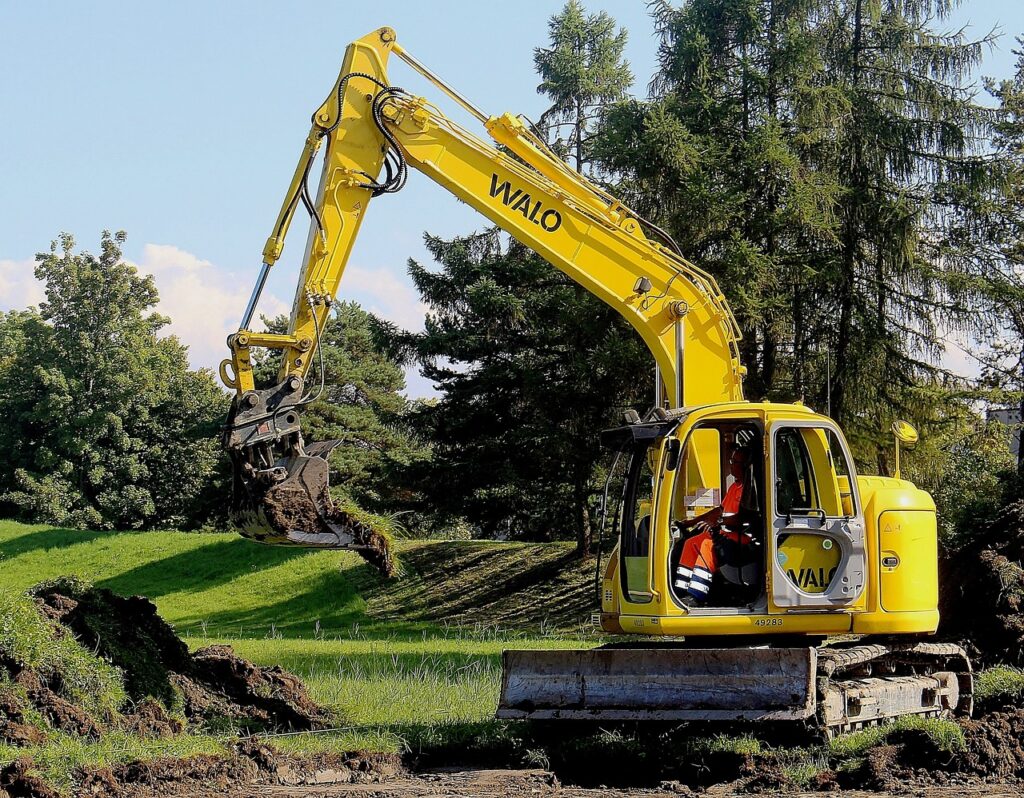A crane is a type of machine equipped with hoists, ropes, chains, sheaves, and other components designed to lift and move heavy loads horizontally or vertically.
They are commonly used in construction, manufacturing, shipping, and variousindustries where heavy lifting is required.

Common types of cranes:
Tower Crane
Mobile Crane
Overhead Crane
Gantry Crane
Jib Crane
Crawler Crane
Floating Crane
As a safety practitioner/officer or, Engineer, but conducting a thorough overview inspection is the initial step for safety at work. Today, I would like to
categorize the crane inspection in 5 steps:
1. General inspection
2. Mechanical components inspection
3. Electrical and control systems inspection
4. Safety devices inspection
5. Documentation and certification checks
Let explain each step in more detail:
General condition of the crane, this is first step but when you are on site and itincludes:
1-Structural Integrity:
Check for any signs of structural damage, such as cracks, deformities, or corrosion in critical components like the boom, jib, and mast.
Stability: Ensure the crane sits level and stable on its supports. Check for any signsof leaning or instability in its resting position.
2. Mechanical Components Inspection:
Inspecting the mechanical components ensures the crane functions correctly without any technical faults:
Wire Ropes and Chains: Examine for wear, corrosion, broken strands, or kinks. Check but if they are properly seated on sheaves and drums.
Hooks and Latches: Ensure hooks and latches are in good condition, without deformities, cracks, or excessive wear. But Verify the latches close securely.
Boom and Extension Mechanisms: Test the extension and retraction mechanisms for smooth operation. Inspect for any signs of misalignment or structural damage.

3. Electrical and Control Systems Inspection:
A crucial aspect involves inspecting the electrical and control systems for safe operation:
Control Panels: Verify the control systems are functioning correctly and that all buttons, switches, and indicators work as intended.
Emergency Stops and Overload Protection: Ensure emergency stop buttons are operational and that overload protection devices are in place and functioning.
4. Safety Devices Inspection:
Inspecting safety devices helps prevent accidents and ensures they are in working order:
Limit Switches and Sensors: Check limit switches and sensors to ensure they stop the crane's motion at preset limits and detect any obstructions.
Overload tripping devices are actually standard safety features on many modern cranes. These devices are designed to prevent the crane from lifting loads but that exceed the Safe Working Load (SWL) or the maximum capacity specified for that crane. They work as a safety mechanism to protect against overloading, which could potentially cause structural failure or accidents.
These devices can be implemented in various ways, but such as load moment indicators, load sensors, or other systems that measure the weight or stress on the crane's components. When the load approaches or exceeds the set limit, but the overload tripping device triggers an alarm or automatically stops the lifting operation to prevent from lifting the load further.
Safety Brakes: Verify that the crane's safety brakes engage and disengage correctly but to prevent unintentional movement.
5. Documentation and Certification Check:
Reviewing documentation is a crucial part of the inspection process:
Maintenance Records: Check maintenance logs and records to ensure the crane has been regularly serviced and maintained as per regulations.
Certification and Compliance: Ensure the crane has the necessary certifications, adheres to local regulations, and has undergone required inspections and load tests. In addition, you have to verify the certification for crane operator, rigger and all the lifting accessories to be used for crane lifting operations. All required certificates should not only available but also valid, not expired since long time.
Conclusion:
After inspecting each component and system thoroughly, compile a comprehensive report outlining the findings. If any issues are identified, recommend necessary repairs or maintenance to ensure the crane operates safely and efficiently. You can get comprehensive guidance from PUWER and LOLER 1998.You must remember; Safety inspections play a pivotal role in reducing crane
accidents by proactively identifying and mitigating potential hazards.
If you want to know about Top 30 excavtion hazards follow the link https://safetyfirstlife.com/top-30-excavation-hazards/
Regular,but thorough inspections ensure that cranes are in optimal working condition, adhering to safety standards and manufacturer guidelines. By pinpointing issues with structural integrity, mechanical components, electrical systems, and safety devices, inspections enable timely maintenance and repairs, preventing potential malfunctions or failures that could lead to accidents. Furthermore, these inspections facilitate the identification of operator training needs but ensure compliance with safety protocols, fostering a culture of safety awareness and accountability among crane operators and maintenance personnel. Overall, the effectiveness of safety inspections but acts as a proactive measure, significantly reducing the likelihood of crane accidents by addressing potential risks before they escalate.


